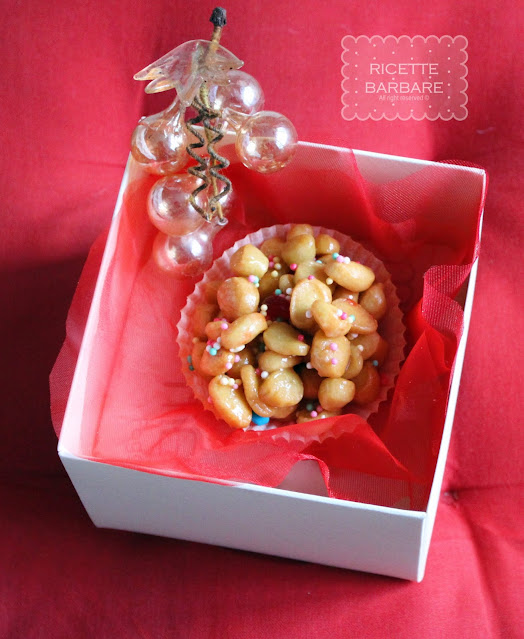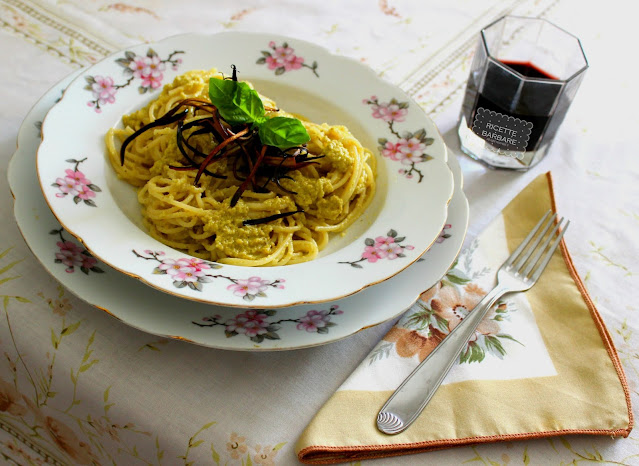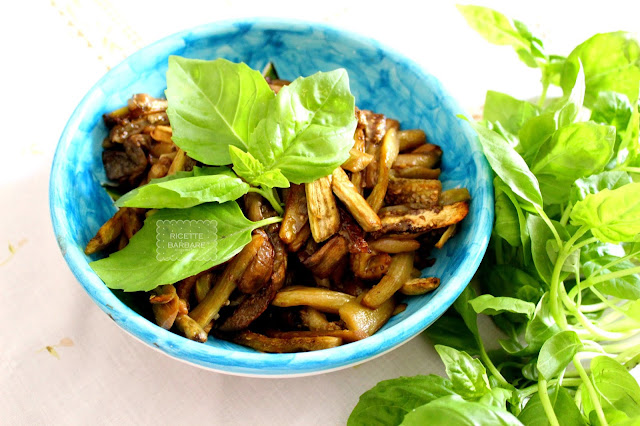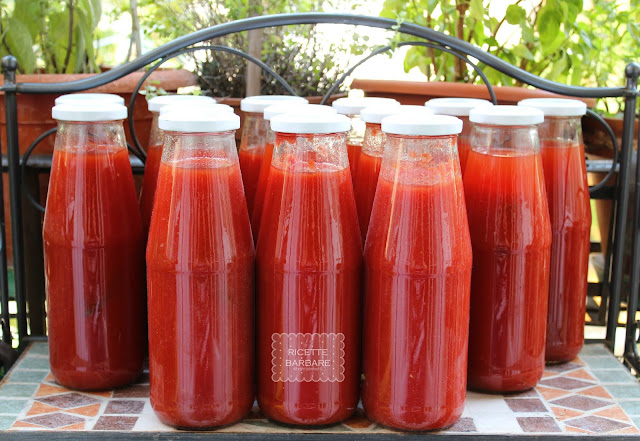Non so se questa sia la ricetta originale degli struffoli, ma è la ricetta di famiglia, la prima volta che li ho assaggiati è stata in casa dei miei suoceri e da subito è stato eletto come mio dolce preferito, pur non amando il miele niente riesce a farmi interrompere dal prendere un altro struffolo, poi un altro e un altro ancora! E siccome per chiudere quest'anno avevo decisamente bisogno di qualcosa di dolce, eccomi qui a festeggiare con voi e con gli struffoli la fine di questo 2020!
English version below
Le indicazioni, come vi dicevo, sono della mamma di
mio marito, quindi non me ne vogliate se la ricetta originale prevede
ingredienti differenti, io non la cambierei con nulla al mondo!
4 uova
50 g di burro
50 g di liquore strega o vino bianco
50 g di zucchero
un pizzico di sale
500 g di farina 00
buccia di arancia e limone grattugiate
500 g di miele di fiori d’arancio o millefiori
Olio di arachidi per friggere
Mia suocera faceva la fontana, io preferisco usare la planetaria con la foglia e lavoro il burro con lo zucchero ed il pizzico di sale. Unisco quindi le uova sgusciate, il liquore e la buccia grattugiata di un arancia (mia aggiunta) e di un limone.
Unisco quindi la
farina setacciata in 2-3 volte.
Appena l’impasto è
diventato ben liscio lo avvolgo in pellicola trasparente e lascio riposare in
frigo per una mezz’ora.
Riprendo quindi l’impasto
e formo dei piccoli filoncini, come quando preparo gli gnocchi, ma molto più
piccoli e con un coltello a lama liscia taglio gli struffoli.
Li friggo quindi in
olio profondo, un poco alla volta, finché non diventano dorati.
Li scolo poi con
un mestolo forato, facendoli raffreddare su carta assorbente.
Riscaldo il miele in
una padella, poi spengo il fuoco e aggiungo gli struffoli ed i cubetti di
canditi.
Mescolo per bene poi trasferisco gli struffoli in un piatto da portata o in tanti stampini monoporzione e poi decoro con i diavolini dolci.
E se vi state chiedendo perché gli struffoli sono "inscatolati" è perché inscatolare biscotti o altre dolcezze era la condizione richiesta per partecipare al #ReCakeChristmasCookieBox di Re-Cake 2.0, venite nel gruppo per scoprire tante meravigliose Christmas Cookie Box!












